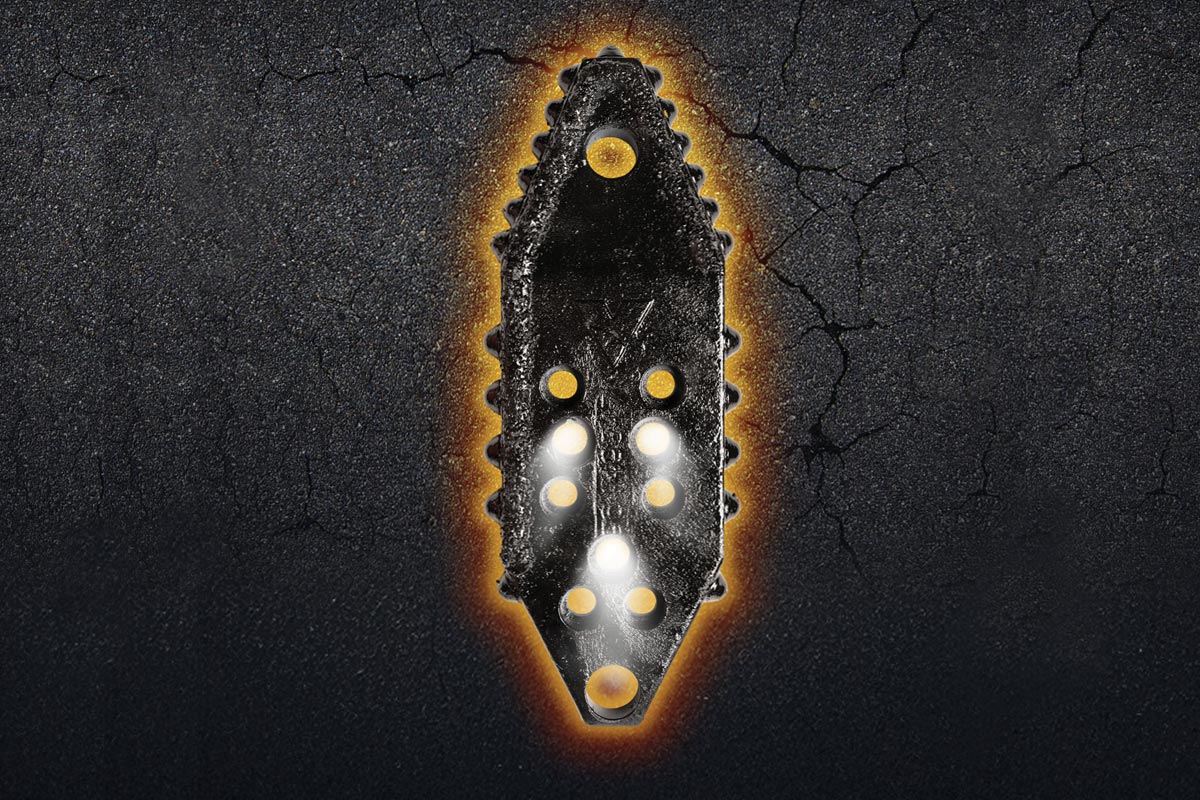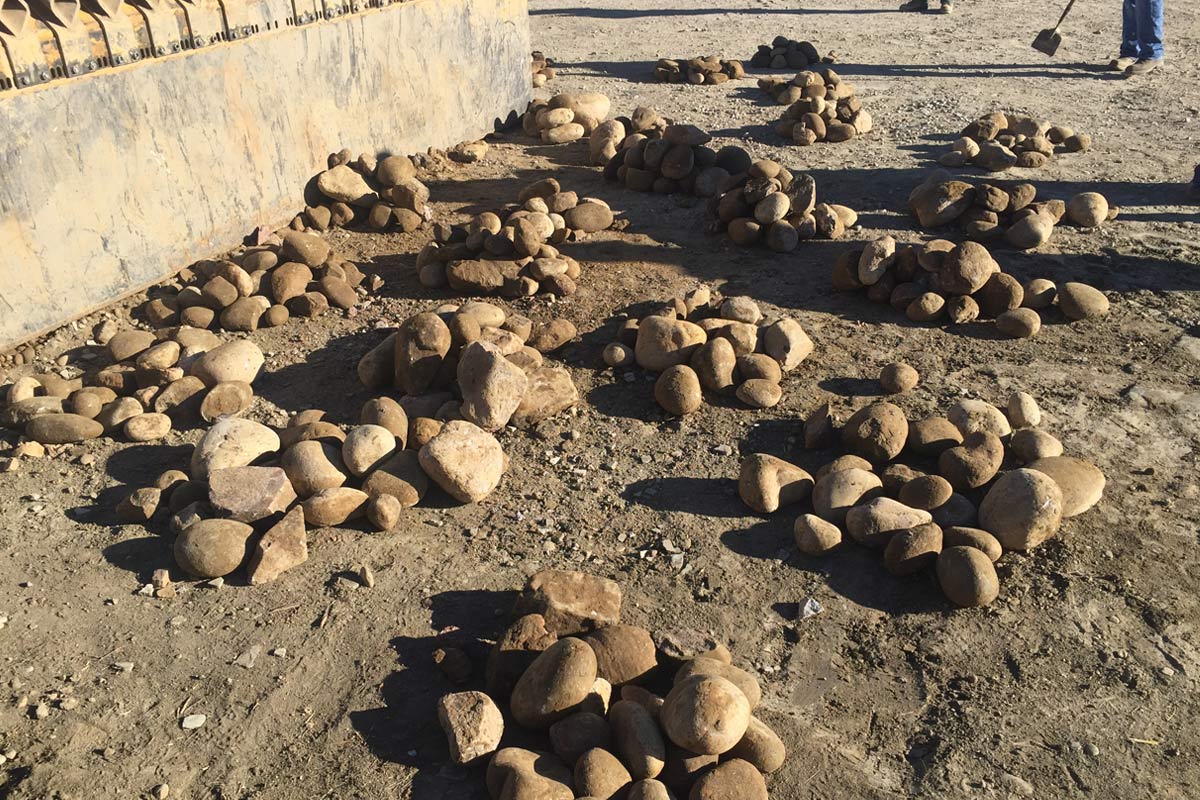Drill Master: Pushing Forward — An Inventive Method of Reaming
We all know what “back reaming” is-make a bore, remove the bit, install a back reamer or hole opener and ream back to the boring machine.
In that light, push reaming is a misnomer and should really be called “forward reaming” relative to this discussion. But in operation, it looks like the reamer is being pushed into the hole, thus the name “push reaming.”
Forward reaming is a technique to resolve the issue of preventing drilling fluid from ending up in the exit recovery pit during the reaming process. It has been used on larger boring rigs for some time. Keeping the mud returns coming to the entrance recovery pit makes the recovery, cleaning and reuse of drilling fluid a lot more practical-particularly if there is no easy way to get fluid from the exit recovery pit back to the entrance recovery pit for processing.
The drilling practice or technique of forward reaming has not been fully developed but its popularity is growing quickly. The purpose of this article is to expose this concept to forward-thinking contractors and give their creativity some exercise.
Push reaming works like this. Make the bore in a normal manner. At the exit end, remove the bottom hole assembly back to the drill pipe. Attach a swivel to the pipe. With a short connection, attach the swivel to a “pulling machine.” This could be a backhoe, a crawler tractor, a track hoe, a winch, etc.
Several companies use a second boring machine. This machine will provide the “pull” necessary to move the reamer toward the exit pit from the entrance pit. At the entrance end, install the reamer with the cutters toward the bore hole (See photo).
To keep piping connections straight, it will be necessary to install a solid (with no hole in the center-This stops mud flow down the pull pipe) pin-to-pin sub on the lead connection of the reamer, then attach to the pipe in the hole. Install a box-to-box sub (hole in the center) on the trailing connection of the reamer and screw in the pipe.
A word of caution: Not all reamers or hole openers are designed for bi-directional rotation. Contact the manufacturer for application guidance. For hole openers used for rock, the body and cutters must be able to handle bi-directional rotation.
With good communication between the two machine operators, the pulling machine begins pulling the reamer into the bore. The boring machine will provide rotation for the pipe and pump the drilling fluid. The boring machine operator will watch the torque pressure.
If the torque pressure is too high, the boring machine operator can pull back or provide a resistance against the pulling machine and control the rate of penetration. Worry not-the boring machine can easily pull the pulling machine into the recovery pit if the operator so desires. Most all, the returning fluid will be directed back to the entrance recovery pit, where it can be cleaned and reused.
In cases where the hole is to be reamed to larger and larger sizes, pull each reamer to within two to four joints of the exit pit. Then pull the reamer back to the entrance and attach the next reamer. Repeat until the last ream, when you pull it completely through to the exits. Proceed as required to pull back the product.
Forward reaming is not for all applications. But the industry is moving rapidly from using high-pressure fluid to greater volumes of fluids for boring. The economic necessity for mud recovery, cleaning and reuse will be obvious.
Even in smaller machines, the economics for mud recovery and reuse is very strong. Using the forward reaming technique is a method to resolve the issue of fluid at the wrong end of the bore.
Jerry Watson, INROCK Equipment Systems, is a member of the Drillmaster Editorial Board. Reports are reviewed by a team of drilling professionals: Frank Canon, Baroid Industrial Drilling Products; Watson; and Mark Van Houwelingen, Vermeer Mfg. Co




